Camels, often called the “ships of the desert,” are iconic animals synonymous with arid landscapes. But Where Do Camels Live exactly? These remarkable creatures are primarily found in dry regions across the globe, perfectly adapted to survive in some of the harshest environments on Earth.
 Two camels standing in a desert landscape with sparse vegetation and a rocky outcrop in the background.
Two camels standing in a desert landscape with sparse vegetation and a rocky outcrop in the background.
Belonging to the genus Camelus, camels are even-toed ungulates, classified within the following taxonomic ranks:
Kingdom: Animalia
Phylum: Chordata
Class: Mammalia
Order: Cetartiodactyla
Family: Camelidae
Genus: Camelus
There are two main species of camels that roam the planet:
- Dromedary Camels (Camelus dromedarius): Representing about 90% of the world’s camel population, dromedary camels, also known as Arabian camels, are predominantly domesticated.
- Bactrian Camels (Camelus bactrianus): This species has two types: wild and domesticated.
Historically domesticated over 3,000 years ago, camels have been indispensable to humans, particularly for traversing arid climates. Their ability to endure long periods without food or water, carry heavy loads (up to 200 pounds), and travel approximately 20 miles daily in harsh desert conditions makes them uniquely suited for these environments. Beyond transportation, camels provide essential resources like milk, meat, and textiles (fiber and felt from their hair).
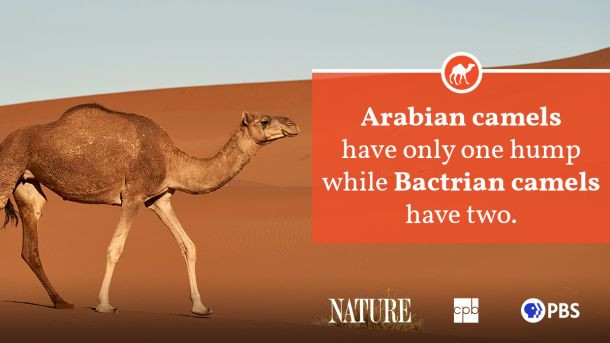 A close-up side view of a dromedary camel standing calmly in a sandy environment, showcasing its long neck and single hump.
A close-up side view of a dromedary camel standing calmly in a sandy environment, showcasing its long neck and single hump.
Size and Weight Variations
Understanding where camels live also involves appreciating the physical differences between species. Bactrian camels are generally larger, measuring 10 to 11.5 feet in length and standing 5.2 to 5.9 feet tall at the shoulder, with a weight range of 990 to 1,100 pounds. Dromedary camels are slightly smaller, ranging from 7.2 to 11.2 feet long and 5.9 to 6.6 feet tall at the shoulder, but can weigh between 880 to 1,320 pounds.
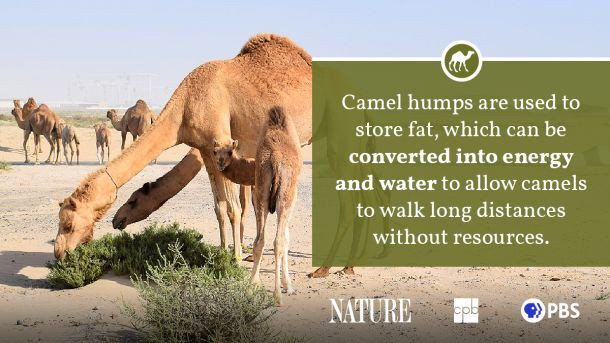 Two Bactrian camels standing side-by-side, clearly showing their two humps, thick fur, and robust build in a dry, dusty setting.
Two Bactrian camels standing side-by-side, clearly showing their two humps, thick fur, and robust build in a dry, dusty setting.
Distinctive Physical Adaptations
A key feature to identify where camels can live is their remarkable physical adaptations. The most prominent is their hump(s). Dromedary camels possess a single hump, while Bactrian camels are distinguished by two. These humps are not filled with water, as commonly believed, but with fat. This stored fat serves as a crucial energy reserve, especially vital in environments where food and water are scarce.
Camels exhibit other specialized traits that enable them to thrive in desert habitats. They have double rows of long eyelashes and the ability to close their nostrils, both crucial for keeping out sand and dust.
 A close-up of a camel's face, highlighting its long eyelashes, closed nostrils, and thick lips, adaptations for desert survival.
A close-up of a camel's face, highlighting its long eyelashes, closed nostrils, and thick lips, adaptations for desert survival.
Dietary Habits in Arid Habitats
Camels are herbivores, and where camels live dictates their diet. They primarily consume grass, grains, wheat, and oats. Their days are spent foraging for food, a challenging task in their arid environments. Camels possess tough, flexible lips that allow them to eat thorny or salty vegetation that other animals avoid. Like cows, they are ruminants, regurgitating food to chew it again, maximizing nutrient extraction from sparse vegetation.
Their fat storage in humps allows camels to endure extended periods without food and over a week without water. The size of the hump fluctuates based on food availability, sometimes leaning or drooping when reserves are depleted.
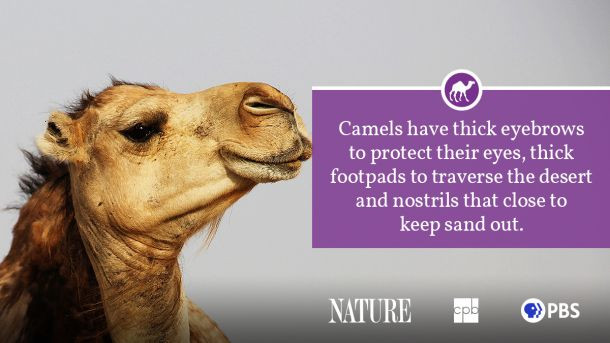 A camel kneeling down to drink water from a trough in a desert environment, showcasing its ability to hydrate in arid conditions.
A camel kneeling down to drink water from a trough in a desert environment, showcasing its ability to hydrate in arid conditions.
Typical Camel Habitats: Deserts and Dry Regions
The answer to “where do camels live” is primarily deserts. These are regions characterized by hot, dry climates with minimal rainfall and vegetation. These harsh conditions are precisely what camels are built to withstand.
Geographical Distribution: From Africa to Asia and Beyond
- Bactrian Camels: Naturally inhabiting the cold, arid regions, wild Bactrian camels are native to the Gobi Desert in China and the Bactrian steppes of Mongolia.
- Dromedary Camels: Domesticated dromedary camels are widespread across the desert landscapes of North Africa and the Middle East. Interestingly, a feral population of dromedary camels also exists in Australia.
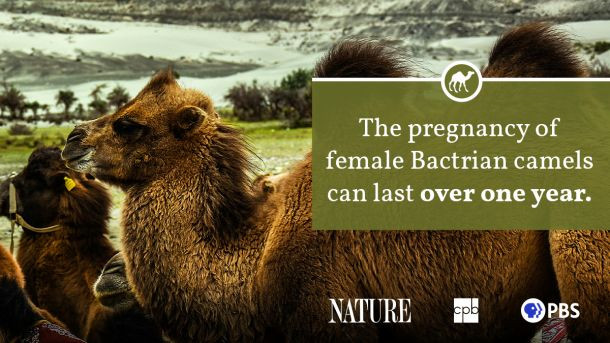 A map highlighting the geographical distribution of camels, showing regions in North Africa, the Middle East, Central Asia, and Australia as camel habitats.
A map highlighting the geographical distribution of camels, showing regions in North Africa, the Middle East, Central Asia, and Australia as camel habitats.
Breeding and Life Cycle in Their Habitats
Female camels, after a gestation period of 12 to 14 months, typically give birth to a single calf, though twins are rare. Prior to giving birth, the mother seeks a secluded, vegetated spot away from the herd. Newborn camels are born without prominent humps, only small, hairy peaks indicating future hump development. Remarkably, calves can walk within 30 minutes of birth.
Mothers and their young rejoin the herd after about two weeks. Nursing continues for 10 to 18 months, depending on the species and food availability. Camels reach full adult size around seven years of age.
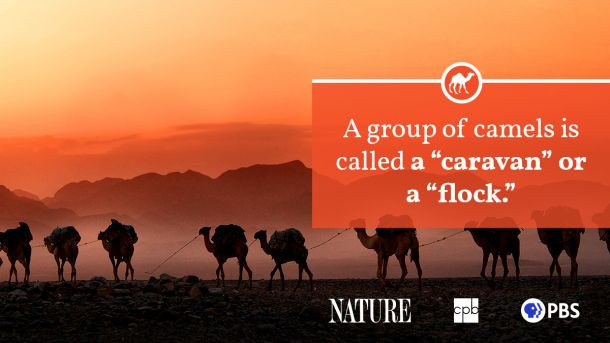 A mother camel and her calf standing close together in a desert setting, illustrating the nurturing bond and early life in camel habitats.
A mother camel and her calf standing close together in a desert setting, illustrating the nurturing bond and early life in camel habitats.
Social Behavior in Camel Communities
Camels are social animals, living in herds typically composed of a dominant male, females, and their offspring. Male camels excluded from these groups often form bachelor herds. Communication within camel society is rich, utilizing sounds like moans and bellows, and humming between mothers and calves. They also greet each other by blowing on faces. Body language, including head, neck, ear, and tail positions, plays a significant role in their interactions. For example, forward-pointing ears signal alertness.
Lifespan and Environmental Threats
The average camel lifespan is around 17.8 years. While domesticated camels are integral to human societies, wild Bactrian camels face critical threats. They are hunted for sport and meat and suffer from habitat loss due to human activities like illegal mining and competition with domestic livestock for resources.
Conservation Status and Efforts
Wild Bactrian camels are classified as Critically Endangered on the IUCN Red List. Current estimates indicate only about 650 wild Bactrian camels in China and 450 in Mongolia. Organizations like the Wild Camel Protection Foundation are dedicated to their preservation, having established a natural reserve in China to protect their fragile desert ecosystems in the Gobi and Gashun Gobi deserts.
In conclusion, where camels live is predominantly in the world’s deserts and arid regions, spanning from the hot deserts of Africa and the Middle East to the cold deserts of Central Asia and even feral populations in Australia. Their remarkable adaptations make them uniquely suited to these challenging environments, highlighting their incredible resilience and importance in these ecosystems and human history.
Source: Based on information from the San Diego Zoo.
